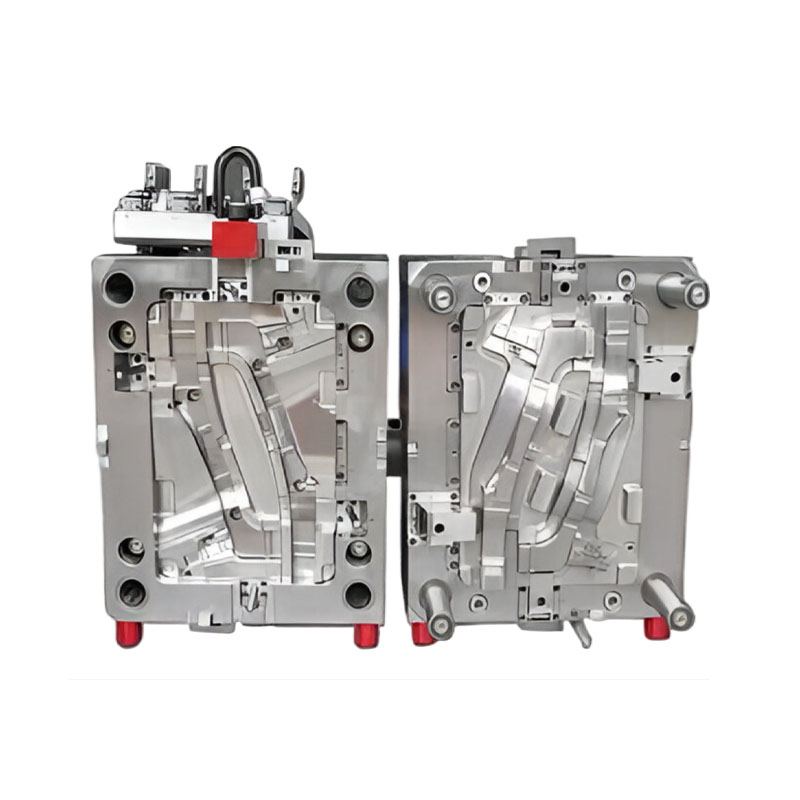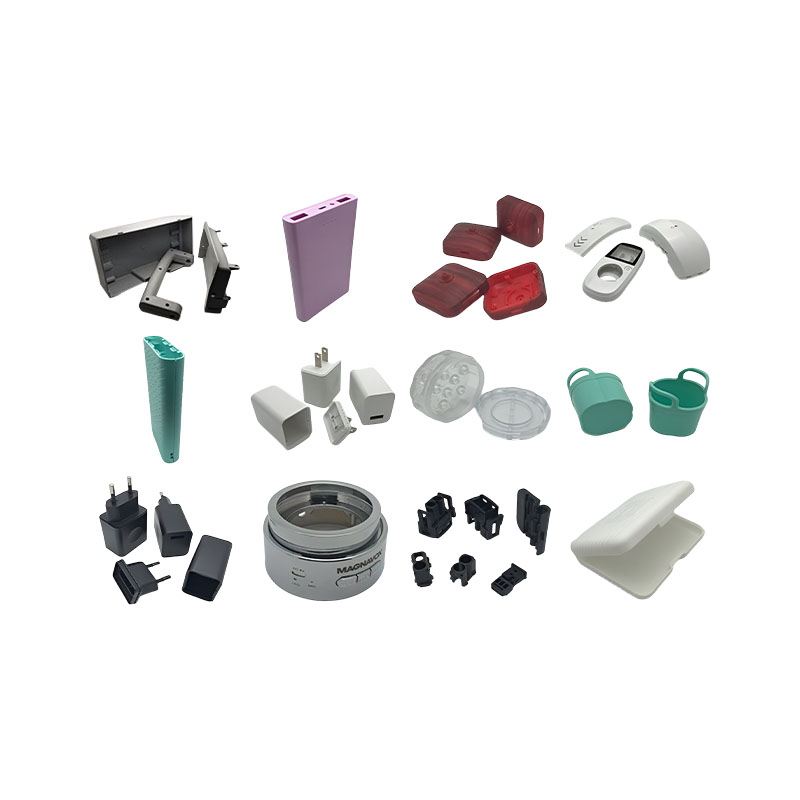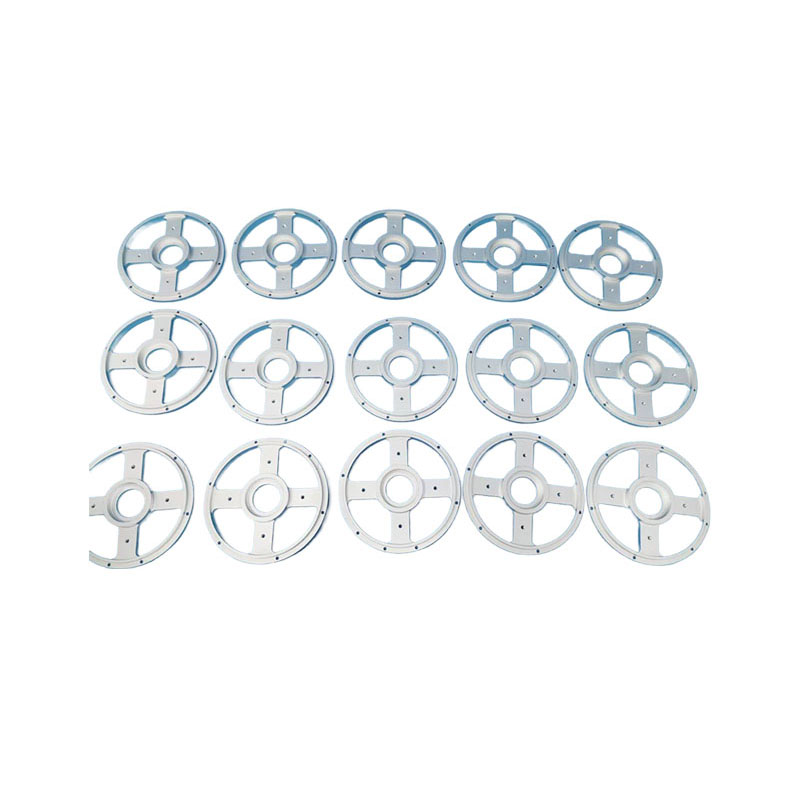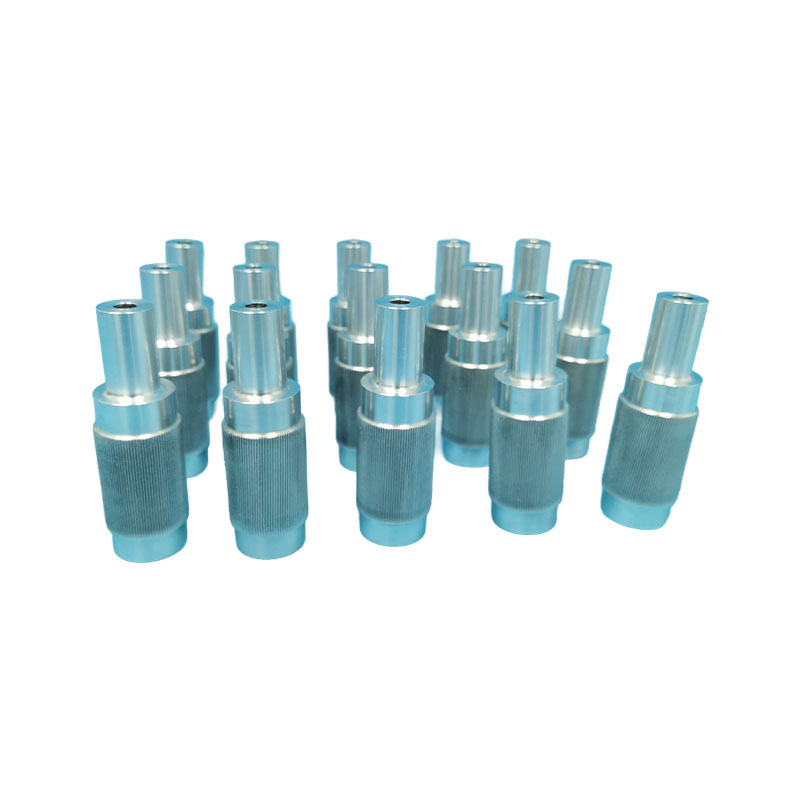In plastic mold processing, what are the differences in application scope and precision between EDM and wire cutting in processing complex cavity structures?
Release Time : 2025-07-18
In the processing of complex cavities in plastic mold processing, EDM and wire cutting technology have become the core technologies for processing high-hardness materials and complex structures by virtue of their non-contact processing characteristics. Although both belong to the category of electrical processing, there are significant differences in the applicable scenarios and precision performance, and they need to be reasonably selected according to the characteristics of the cavity structure.
The EDM process (EDM) has more advantages in the processing of three-dimensional complex cavities. It removes materials through pulse discharge between the forming electrode and the workpiece. The electrode shape can accurately replicate the three-dimensional structure of the cavity. It is especially suitable for processing cavities with deep cavities, curved surfaces, and special-shaped protrusions - such as the curved surface cavity of the plastic mold processing of mobile phone shells and the internal rib structure of home appliance plastic parts. For complex cavities that require multiple parting surfaces, EDM can be processed step by step through multiple electrodes to gradually form structures of different depths, and the electrode material (such as copper and graphite) can be flexibly selected according to the cavity accuracy requirements to meet the full process requirements from rough processing to fine processing.
The wire cutting process (WEDM) is more suitable for the processing of two-dimensional complex contours. It uses continuously moving metal wires (such as molybdenum wires and copper wires) as electrodes, and cuts workpieces through pulse discharge. It is good at processing planar structures with sharp corners, narrow slits, and hollow patterns, such as the cutting edge of the parting surface of plastic mold processing, the special-shaped holes of inserts, and the fine tooth structure of connector plastic mold processing. The wire cutting path is controlled by the CNC system, which can accurately cut narrow slits below 0.1mm, and there is no need to make forming electrodes. It is suitable for the rapid processing of small batches of complex contour parts, especially in the special-shaped section processing of plastic mold processing inserts.
The accuracy of EDM is affected by electrode loss and discharge parameters. During fine processing, its dimensional accuracy can be controlled at ±0.005mm, and the surface roughness reaches Ra0.4μm, which can meet the cavity requirements of high-precision plastic parts (such as optical lens plastic mold processing). However, in deep cavity processing, electrode loss will cause precision deviation at the bottom and opening of the cavity - for every 10mm increase in depth, the precision may decrease by 0.002-0.003mm. In addition, the uniformity of the discharge gap has a great influence on the precision, and the electrode feed needs to be adjusted in real time through the servo control system to avoid dimensional fluctuations caused by unstable gap.
The precision of the wire cutting process depends on the wire running stability and pulse parameters. The dimensional accuracy of slow wire cutting can reach ±0.002mm, and the surface roughness can reach Ra0.2μm, which is better than EDM forming and is suitable for processing parts with extremely high precision requirements such as plastic mold processing cutting edges. However, the precision of wire cutting is affected by wire diameter wear. When fast wire (molybdenum wire) is processed, wire diameter wear will cause the cutting gap to gradually increase. After continuous processing of 100mm length, the precision deviation may increase to 0.01mm; while slow wire (one-time copper wire) reduces wear by constant wire speed, and has better precision stability, but the cost is also higher.
In terms of processing efficiency of complex structures, the two have their own emphasis. When EDM processes deep cavities (depth > 50mm), a large amount of material can be quickly etched away by rough machining electrodes, and the efficiency can reach 500mm³/min, far exceeding the 50-100mm³/min of wire cutting. However, for thin-walled and narrow-slit structures, wire cutting does not need to consider the electrode stiffness problem, and can be cut and formed in one go, avoiding the possible deformation of EDM electrodes, which is more efficient. For example, when processing 0.5mm thick special-shaped inserts, the processing time of wire cutting is only 1/3 of that of EDM, and the accuracy is easier to guarantee.
In terms of material adaptability, EDM has more obvious advantages in processing high-hardness materials. When the hardness of plastic mold processing materials exceeds HRC50, the discharge erosion efficiency of EDM is less affected by the hardness of the material, and it is suitable for processing quenched plastic mold processing steel (such as S136H); although wire cutting can also process high-hardness materials, the wear of the metal wire will increase, especially when cutting cemented carbide, the wire consumption rate increases by more than 30%, and the electrode wire needs to be replaced frequently, affecting the efficiency and accuracy stability.
In practical applications, the two are often used in combination to optimize the processing effect. For example, in the processing of automobile bumper plastic mold processing: first use EDM to form the main curved surface cavity, and then use wire cutting to process the cutting edge and positioning hole of the parting surface; the insert processing of mobile phone molds first uses wire cutting to cut out the special-shaped contour, and then uses EDM to process the deep holes and grooves on the insert. This combination can not only give play to the three-dimensional molding advantages of EDM, but also utilize the two-dimensional contour accuracy of wire cutting to achieve efficient and high-precision processing of complex plastic mold processing cavities, and balance processing quality and cost.
By reasonably dividing the scope of application of the two, the complex cavity processing of plastic mold processing can shorten the processing cycle by 20%-30% while ensuring accuracy, providing a reliable plastic mold processing foundation for the mass production of high-precision plastic parts. This process combination reflects the flexibility and pertinence of electromachining technology in plastic mold processing manufacturing, and is an indispensable technical means for modern plastic mold processing.







